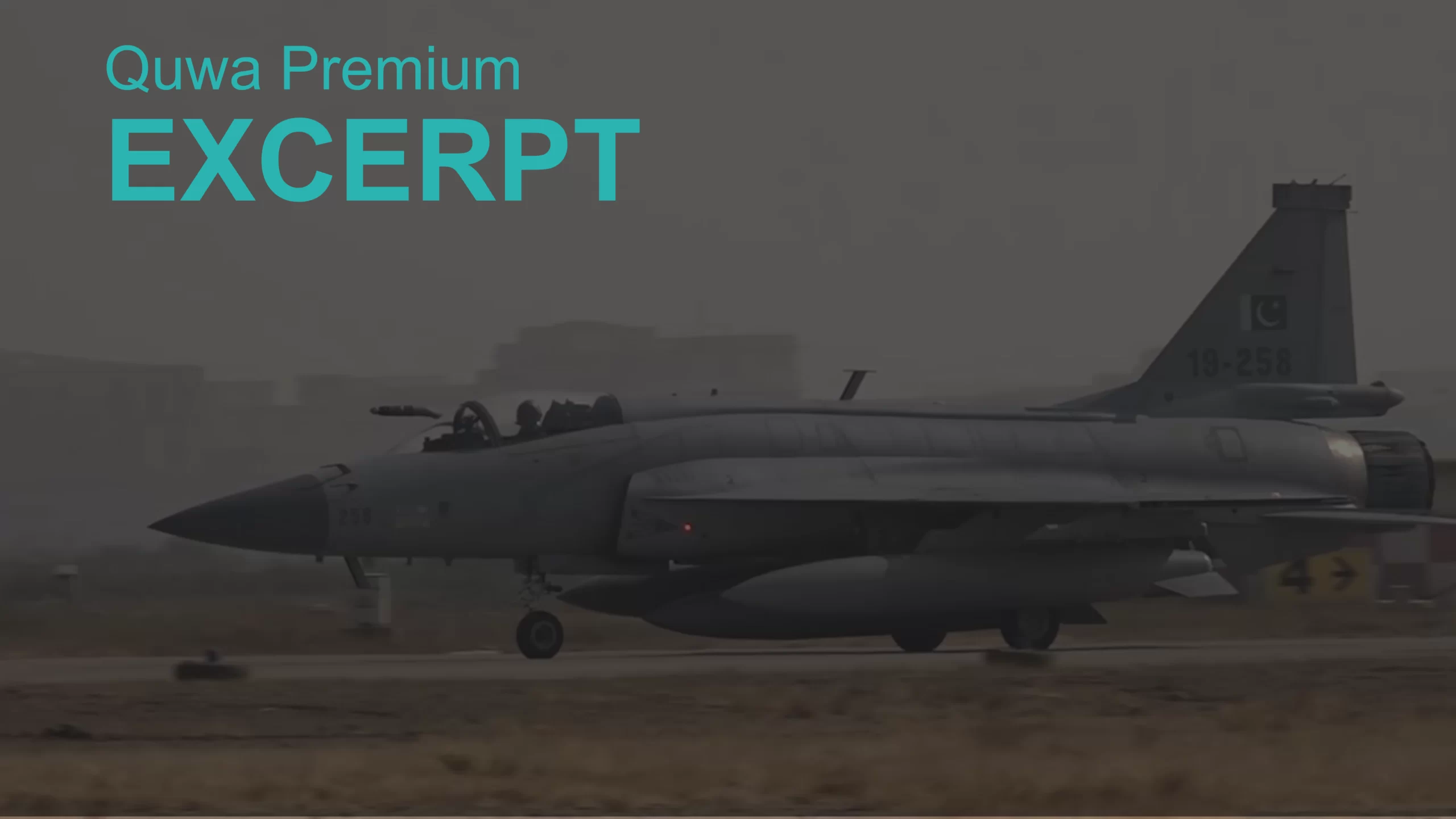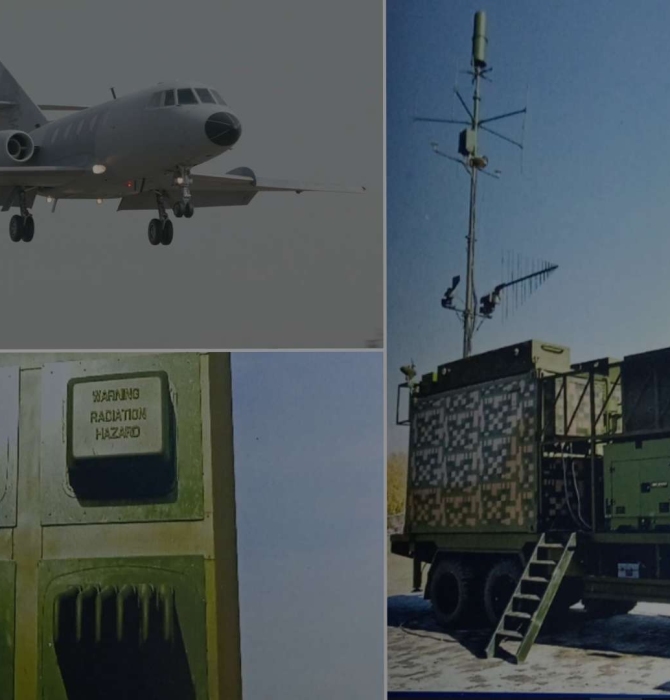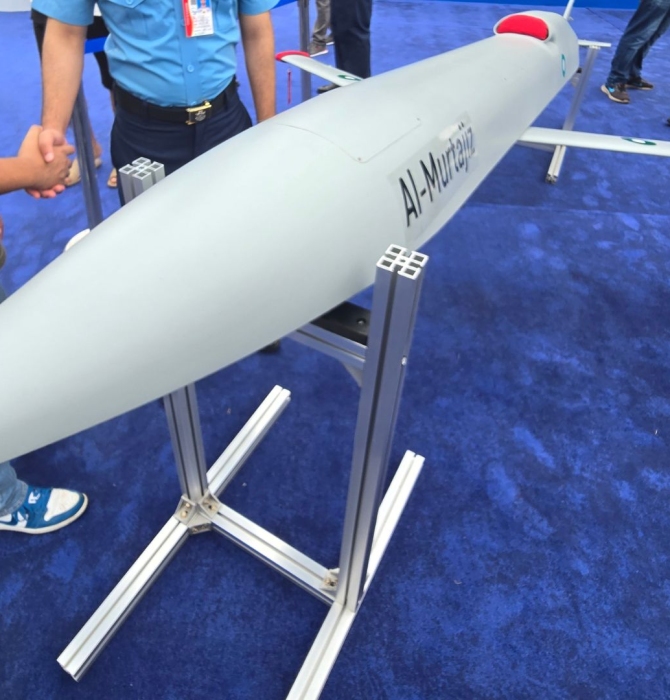2851Views

Pakistan Adds to JF-17 Value Proposition with Taimoor ALCM
It seems that Pakistan is preparing to offer its new ‘Taimoor’ air-launched cruise missile (ALCM) for export.
https://twitter.com/OSPSF/status/1627308973920763905
According to promotional material reportedly released by Global Industrial and Defence Solutions (GIDS), the sales and marketing arm of Pakistan’s state-owned defence producers, the Taimoor ALCM provides a range of 1,200 km. It has a total mass of less than 1,200 kg.
Pakistan revealed the Taimoor ALCM at the 2022 International Defence Exhibition and Seminar (IDEAS) as both an ALCM and, reportedly, as a next-generation anti-ship cruising missile (ASCM).
Background: GIDS Taimoor ALCM
With the Taimoor ALCM, GIDS is now marketing two cruise missiles to the world market. The other cruise missile in GIDS’ catalog is the Harbah-NG ASCM. Both are subsonic cruising missile designs.
The Harbah-NG is deployable from surface warships and land-based vehicles. It would not be surprising if the Taimoor and Harbah-NG are closely related, especially in terms of their critical inputs, like propulsion, guidance systems and, potentially, terminal-stage seekers.
According to GIDS, the Harbah-NG leverages on a Digital Scene-Mapping Area Correlator (DSMAC) system alongside a terminal-stage seeker. The terminal-stage seeker can be an imaging infrared (IIR) or an active-radar homing (ARH) system. The Taimoor could be using the same DSMAC and IIR combination.
Weighing up to 1,200 kg, the Taimoor is comparable in size to the MBDA SCALP and KEPD-350. By capping the range at 290 km, Pakistan is staying under the limits of the Missile Technology Control Regime (MTCR)…
End of excerpt. Subscribe to Quwa Premium to read the rest of this section.
Can’t Export a Missile Without a Platform
There is no actual rule stating that a cruise missile without a platform cannot be sold, but there is no doubt that having one available is critical for commercial success.
With a launch platform at hand, Pakistan can showcase the Taimoor’s performance and demonstrate that the missile’s been tested and matured in real-world environments.
However, there are few platforms on the market where Pakistan can realistically offer the Taimoor to as a stand-alone product. For example, current-generation American-built fighters are a non-starter. It is also unlikely that countries using modern European fighters would be the Taimoor’s target market…
End of excerpt. Subscribe to Quwa Premium to read the rest of this section.
Taimoor Adds to the JF-17 Package
Both Pakistan and China have steadily been working to add contemporary subsystems and munitions to the JF-17. Interestingly, even the launch variant – i.e., Block-I – provided the PAF with a stand-off weapon (SOW) capability via the C-802A ASCM. The Block-II built on this with the integration of precision-guided bombs (PGB), notably the Range Extension Kit (REK) and Indigenous REK for MK-8X-series bombs.
But when the Block-I entered service, it did not carry the cutting-edge technologies found on Western jets at the time. Thus, potential buyers would readily see what they were not getting with the JF-17 when they pressed it against the F-16, Gripen, Rafale, Typhoon, and others.
However, the story of the JF-17 Block-III is clearly different.
With the emphasis on adding an active electronically scanned array (AESA) radar, helmet-mounted display and sight (HMD/S) system, and electronic countermeasures (ECM) suite, Pakistan is closing feature gaps.
Granted, when compared against the likes of the F-16, Rafale, Typhoon, or even Gripen E/F, the JF-17 will not be seen as the more sophisticated platform. However, from a capability standpoint, the Block-III could offer the air warfare technologies many price-conscious countries would want.
The Taimoor factors in as a subsonic, dual-ALCM/ASCM option akin to the KEPD-350 or SCALP. If Pakistan packages the Taimoor alongside the Block-III (and it likely will), then the JF-17 becomes a long-range strike asset. In some regions, like Sub-Saharan Africa or Latin America, this can force an imposing presence…
End of excerpt. Subscribe to Quwa Premium to read the rest of this section.
End of Excerpt (587 / 1,128 words)
You can read the complete article by logging in (click here) or subscribing to Quwa Premium (click here).
For more JF-17 news and analysis, check out:


